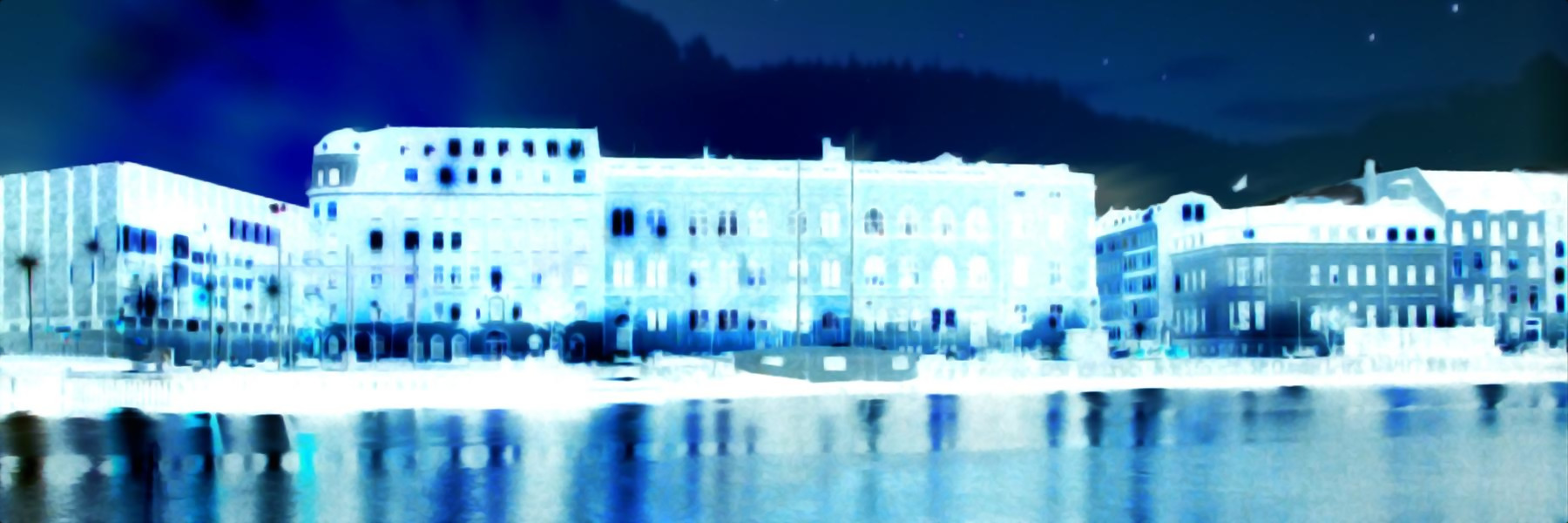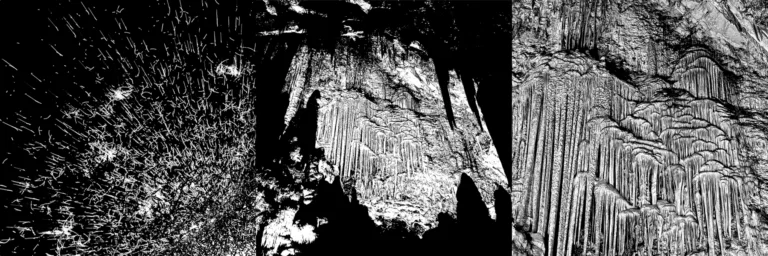The precise circumstances surrounding the production of the album “She’s Respiring” are unknown. However, certain facts or at least partial certainties can be gleaned from the FQA provided below.
Tracklist
01 ⋅ Album Loading ⋅ 1:30
02 ⋅ Bloody Type (Lichtspielhaus) ⋅ 4:10
03 ⋅ Enticeress [feat. Córka] ⋅ 6:15
04 ⋅ Hercules ⋅ 3:23
05 ⋅ I’m in Love (with Your Room) ⋅ 2:35
06 ⋅ Imperfektionist ⋅ 4:10
07 ⋅ My Music Is Yours [feat. Magda] ⋅ 3:25
08 ⋅ Spontaneous Magnetization ⋅ 4:20
09 ⋅ Time Is Running Out ⋅ 3:00
10 ⋅ Your Music Is Mine [feat. Córka] ⋅ 4:20
11 ⋅ Zum Muttertag ⋅ 4:56
She’s Respiring: FQA with the Artist
Due to time constraints, Imperfektionist unfortunately had to cancel the annual interview about his latest album this time. As an apology, he sent us this list of “Frequently Questioned Answers” to publish on our website.
The Idea
A fifth mixtape was added to the series: She’s Inspiring [2014], She’s Expiring [2015], She’s Aspiring [2016], She’s Conspiring [2017], She’s Respiring [2018]. As usual, it has eleven alphabetically sorted titles.
New Setup
New computer, new software (Cubase 9.5 vs. Cubase 6 LE), new guitar effects (Mega Distortion, Phaser). Unfortunately, also new drums. I’m not quite satisfied with them yet, but maybe I’ll buy a plugin for that. In any case, better workflow due to shorter loading times.
Track 01 ⋅ Album Loading
Inspired by the loading music of a computer game. Set by the sea.
Track 02⋅ Bloody Type (Lichtspielhaus)
My damned type and hers, we both like them thin and dark. If I were a woman, I’d like Ville Valo (of His Infernal Majesty). In the cinema of light, everyone throws money, but our rhymes don’t work well when mixing languages. I’m not ready to embarrass myself, that’s why I won’t explain the refrain.
Track 03 ⋅ Enticeress [feat. Córka]
This is one of the most elaborate recordings I’ve ever made. It was already elaborate before I added synthesizers and turned Córka’s lovely voice into a mermaid. Siren. Mermaid siren (even though sirens were supposed to resemble birds). She beguiles me, the naive sailor who was sent to get rid of her. In togetherness, she kills me and makes me fight in her army of zombies. I can come to terms with that because she promises me that I will rise in the ranks until we are together again. I can’t say she didn’t warn me: I’m replaceable, while she is immortal. Córka learns such songs pretty quickly, and it only took us just under four hours to finish everything.
Track 04 ⋅ Hercules
An old tune from 2012, a small arrangement with barely ten audio tracks, but still the loudest singing in an Imperfektionist song to date. I think the guitars were a bit out of tune, but because they’re dominant, it sounds more like the E-piano is out of tune. That’s how I accidentally figured out what makes the music of the band “Black Keys” special. Everything is sort of out of tune.
Track 05 ⋅ I’m in Love (with Your Room)
Personally, I like this one quite a bit. The singing sounds somewhat different from usual, and the trick was simple: I grinned the whole time. And not just a normal nice grin, but the evilest pedo grin my facial muscles could manage. The idea to make the piano solo progressively more off-key was there from the beginning. However, it’s not so easy to make a piano solo completely inaudible, there’s definitely more potential there. I claim to love her room so much that I want to become a tree in it, so she can make a table out of me.
Track 06 ⋅ Imperfektionist
An even older track (2011) and recorded on my old setup (2017), but this time I just had to release the song after which I named myself. Overall, I was less reluctant to sing in German as well. In general, it’s about me actually being a perfectionist and disliking it when people don’t take deadlines seriously. The only thing I still find interesting about the song is the synthesizer solo that used to be a lame guitar solo.
Track 07 ⋅ My Music Is Yours [feat. Magda]
Magda usually sings classical music, but it was important to me that she sings the song I wrote for her. By the way, it’s in 5/8 time, but there are also 3/8 and in the bridge 6/8. Exceptionally, no electric guitars. The birdsong is from New Zealand, I think, found it on my hard drive. I like Magda’s fish. I think Magda finds me strange.
Track 08 ⋅ Spontaneous Magnetization
Once again, I dedicated a song to the girlfriend of a friend without either of them knowing. Between us, my personal favorite on the album. It’s a bit sad because it was recorded with the old setup and also the first recording I made for the album. But for me, it is the most pleasant blend of melancholy and hope. Lowest vocals in any Imperfectionist song and the first with “Vocal Fry,” a singing technique I hadn’t thought of before.
Track 09 ⋅ Time Is Running Out
Not a serious song, evident from the intro where I unexpectedly switch from English to the Berlin dialect. The lyrics were written on one day when I indeed wrote five songs in a row, with the others turning out even less substantial. The whole recording is so simple that it took barely two hours, and it was only composed during the recording process. It’s quite surprising that I received positive feedback from several people, probably due to the interesting dissonances in the chorus. It’s a shame that the song is hard to perform live.
Track 10 ⋅ Your Music Is Mine [feat. Córka]
This song was inspired by Agnes Obel, to whom I also dedicated it. I found her minimalist, melancholic music truly enchanting and, for once, sat down at the piano myself. However, this will truly be an exception as I tend to forget my piano songs quickly since I never practice them. Just like this one. The gunfire at the beginning comes from Sweden and was recorded near a military training area. The crows just joined in.
Track 11 ⋅ Zum Muttertag
Although the recording quality is more of the “last-minute” caliber, I can proudly say that this song moved my mother to tears. The lyrics are very personal, and since they’re in German, they feel even more personal to me than usual. It’s what you need to do when Mother’s Day comes around again, and you haven’t managed to get a gift in time.




Leave a Reply